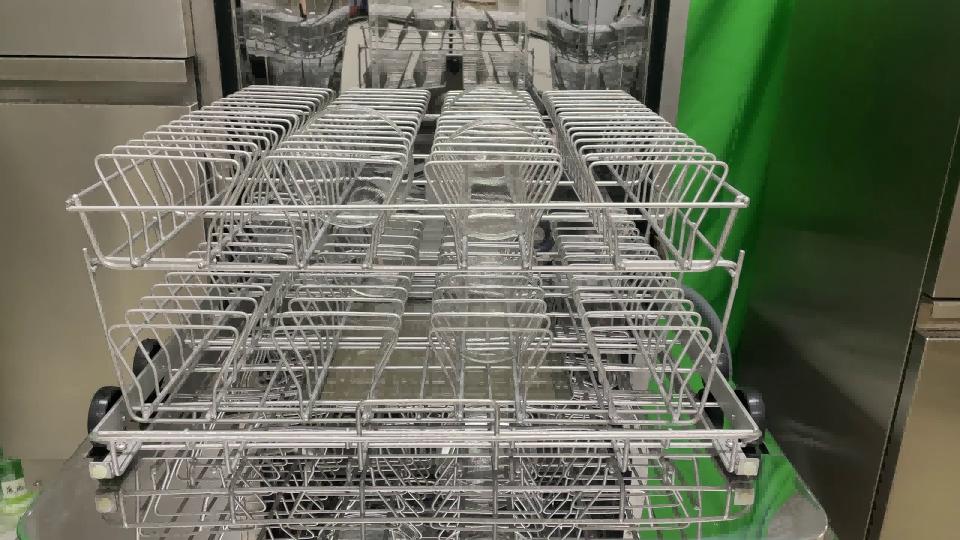Cleaning Petri dishes is a tedious process, but this process can make experiments more efficient. If the petri dish is not cleaned, the experimenter needs to waste more time processing the experimental data. And if the petri dish is thoroughly cleaned, the experimenter can perform the experiment more efficiently.
Manual cleaning of Petri dishes:
Generally, it goes through four steps of soaking, scrubbing, pickling, and cleaning.
1. Soaking: New or used glassware should be soaked in water first to soften and dissolve attachments. New glassware should be simply scrubbed with tap water before use, and then soaked overnight in 5% hydrochloric acid; used glassware often has a lot of protein and oil attached to it, which is not easy to wash off after drying, so it should be immersed in clean water immediately after use for scrubbing .
2. Scrubbing: Put the soaked glassware in detergent water and scrub it repeatedly with a soft brush. Do not leave dead space and prevent damage to the surface finish of the utensils. Wash and dry the cleaned glassware for pickling.
3. Pickling: Pickling is to soak the above-mentioned utensils in a cleaning solution, also known as acid solution, to remove possible residual substances on the surface of the utensils through the strong oxidation of the acid solution. Pickling should not be less than six hours, usually overnight or longer. Be careful with the utensils.
4. Rinse: The utensils after scrubbing and pickling must be fully rinsed with water. Whether the utensils are rinsed clean after pickling directly affects the success or failure of cell culture. Hand-wash the utensils after pickling, and each utensil must be repeatedly “water-filled-empty” at least 15 times, and finally soaked in double-distilled water for 2-3 times, dried or dried, and packed for later use.

The cleaning method of using the XPZ laboratory glassware washer to clean the petri dish:
Cleaning quantity: 168 petri dishes can be cleaned in a single batch
Cleaning time: 40 minutes to complete cleaning
Cleaning process: 1. Put the petri dish to be cleaned (the new one can be directly put into the bottle washer, and the petri dish with culture medium should pour out a larger piece of culture medium as much as possible) into the matching basket of the bottle washer. One layer can clean 56 petri dishes, and one time can clean 168 three-layer petri dishes.
2. Close the door of the bottle washing machine, select the cleaning program, and the machine will automatically start cleaning. The cleaning process includes pre-cleaning – alkali main washing – acid neutralization – pure water rinsing.
3. After cleaning, the door of the bottle washing machine opens automatically, takes out the cleaned culture dish, and moves to the sterilization equipment for sterilization
The cleaning of petri dishes in biological laboratories is a very important part of laboratory management. Using a fully automatic bottle washing machine instead of manual cleaning can avoid cross-contamination from affecting experimental data, protect the health of experimental personnel, and improve experimental efficiency.
Post time: Aug-05-2023
